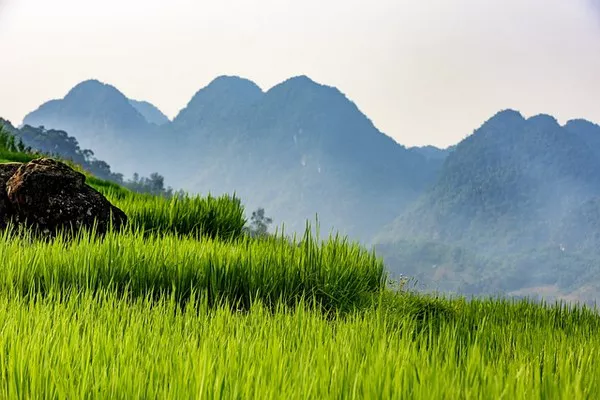Global warming is leaving an indelible mark on peatland ecosystems in Europe and Western Siberia, significantly altering vegetation dynamics and, consequently, the peatlands’ carbon-sequestering capacity. A recent study led by Alexandre Buttler, an EPFL professor emeritus, delves into the intricate mechanisms behind these transformations, shedding light on the complex interplay between climate change, plant life, and soil composition.
Peatlands, recognized as vital carbon sinks, pose a potential challenge as climate change intensifies. Despite their significance, there is much to be unraveled about the underlying processes within these unique ecosystems. Alexandre Buttler’s research, published in Global Change Biology, explores the intricate web of factors, both above and below ground, influencing peatland dynamics.
“We wanted to investigate the processes that are characteristic of these ecosystems, taking into account both above-ground factors, like the climate and vegetation, and below-ground ones, such as microorganisms,” explains Buttler. The study aims to fill gaps in our understanding of how certain plant species influence soil composition, particularly considering the impact of global warming.
Peatlands, thriving in wet climates with cool temperatures, act as repositories for decaying plant matter, forming peat due to waterlogged and oxygen-poor conditions. Sphagnum mosses dominate peatland vegetation, engineering the physical and chemical properties of the soil. However, recent observations indicate a shift in vegetation, with ericoid shrubs encroaching on Sphagnum mosses, a change attributed to global warming.
To unravel the mechanisms at play, Buttler and his research team conducted a comprehensive study spanning peatlands in France, Poland, and Western Siberia. The team performed field experiments, manipulating water table levels and air temperatures to observe plant reactions. They identified Andromeda polifolia, an ericoid shrub, as a species adept at adapting to altered conditions.
Using Andromeda polifolia as an indicator, the researchers measured peatland characteristics in the three regions. Their findings revealed that the growth of ericoid shrubs leads to substantial alterations in soil biology and geochemistry. The shrub’s presence disrupts the delicate balance of microorganisms in peatlands, triggering a domino effect across the ecosystem.
The study highlights that ericoid shrubs, with their high polyphenol content, influence soil chemistry and microbiome dynamics. This prompts changes in organic nitrogen storage, impacting the balance between nematodes, fungi, and bacteria. The competition for survival between Sphagnum moss and ericoid shrubs results in significant alterations in soil chemistry, affecting enzyme levels responsible for organic matter decomposition.
While the research suggests potential implications for carbon sequestration in peatlands, Buttler remains cautious. “There are many other factors to consider, and more research is needed before we can give a clear answer,” he notes. Variations in nitrogen and CO2 concentrations and the role of fungi warrant further exploration to comprehensively understand the impact of ericoid shrub encroachment on peatland ecosystems.
Buttler’s study not only contributes valuable insights into the functioning of peatlands but also exemplifies a holistic scientific approach, combining short-term experiments with long-term observations. As the world grapples with the consequences of climate change, understanding the nuances of peatland dynamics becomes crucial for informed conservation and climate mitigation strategies.

